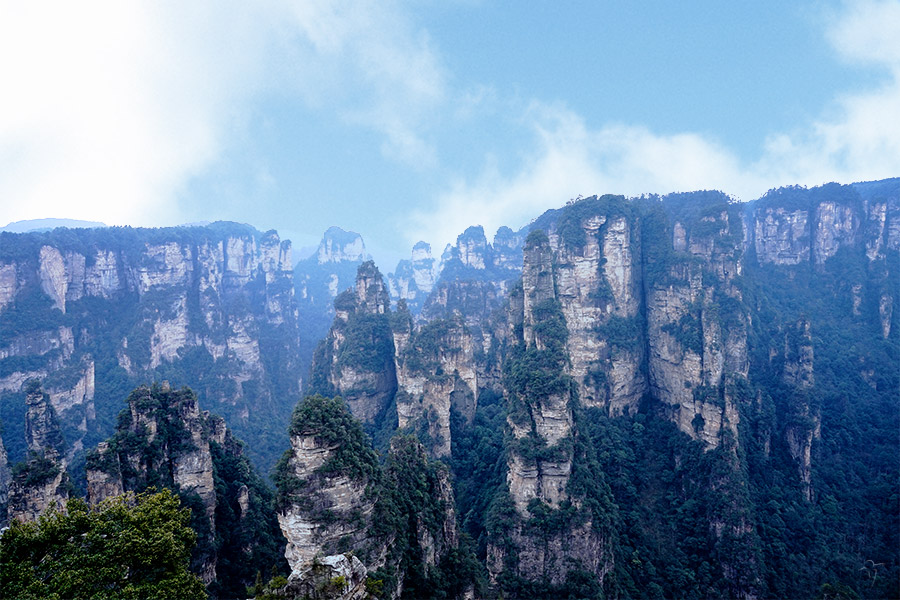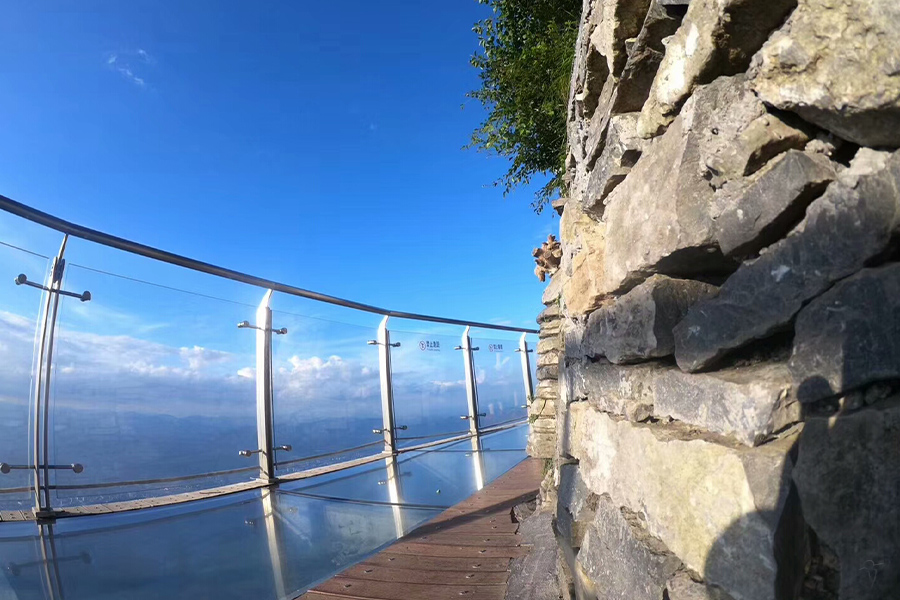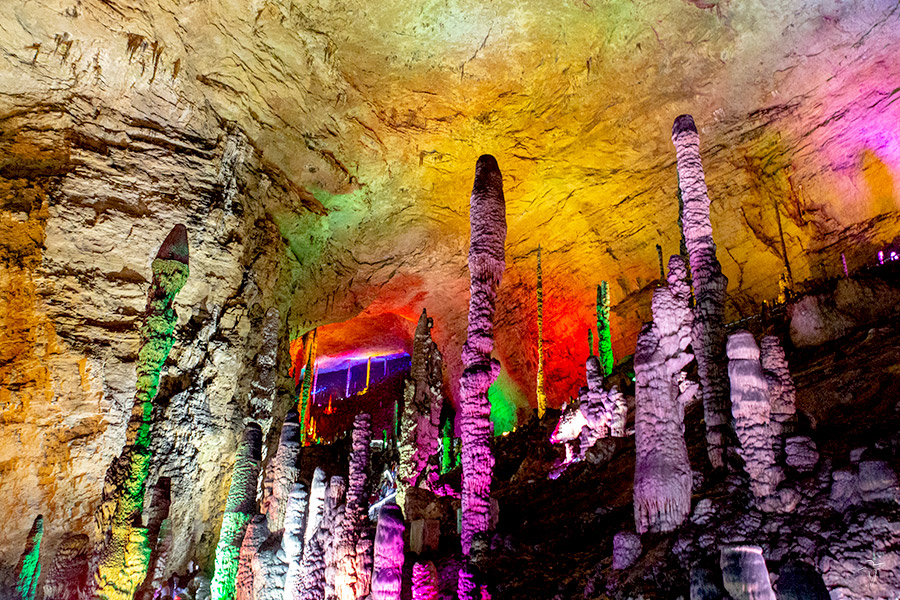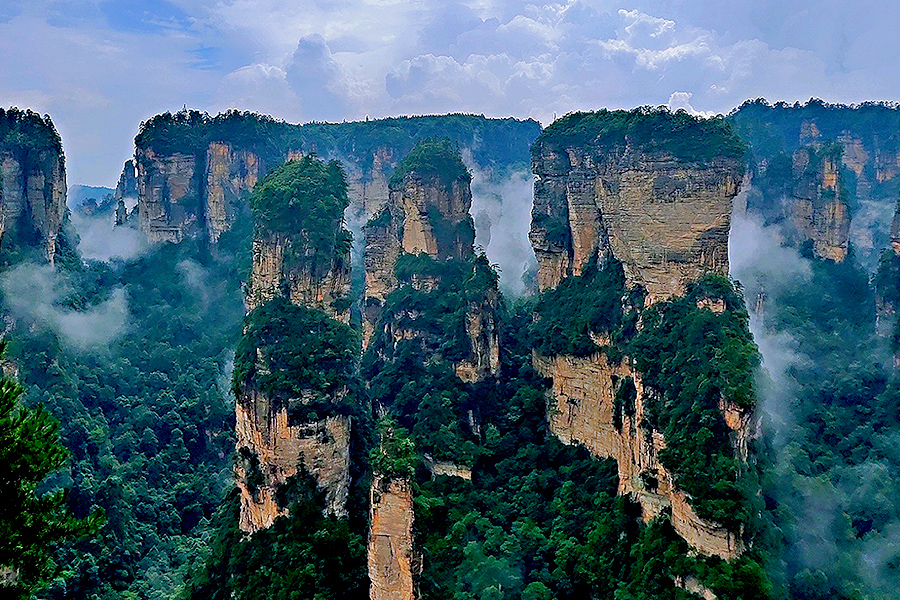Zhangjiajie Tujia Folk Garden
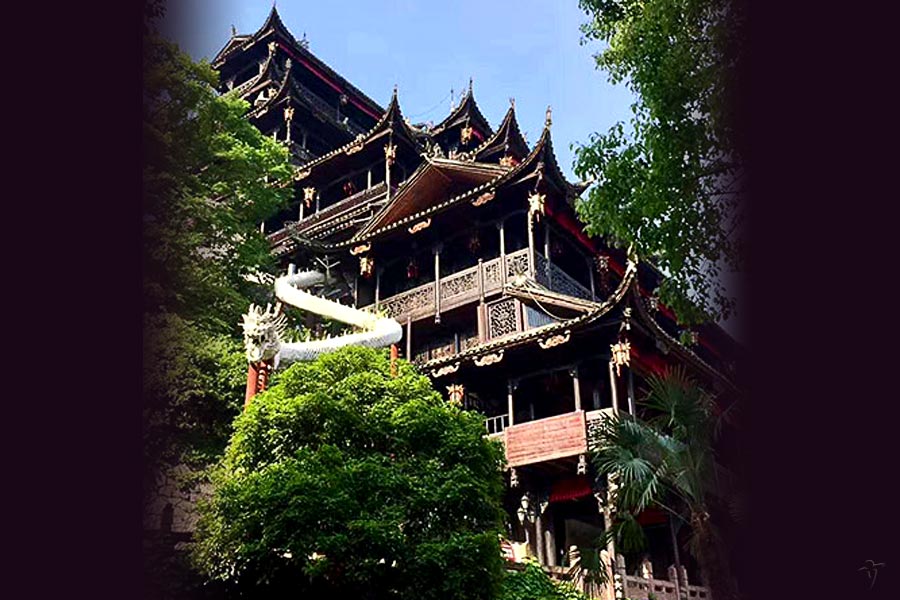
Chinese name: 张家界土家风情园
Location: Nan Zhuang Ping Street, Yongding District, Zhangjiajie City, Hunan Province
Opening time: 08:00-17:00
Best time to visit Zhangjiajie Tujia Folk Customs Garden: from March to May and September to November
Recommended time for a visit: 5-6 hours
Introduction to Zhangjiajie Tujia Folk Customs Garden
Tujia Folk Customs Garden is located in the picturesque city of Zhangjiajie. The transportation to arrive there is very convenient, only about ten minutes drive from Zhangjiajie airport or the railway station. Covering an area of nearly 0.54 square kilometers, it is a large-scale comprehensive tourism service unit that integrates cultural and natural landscapes, and combines tourism, art performance, rare treasures exhibition, accommodation, catering, entertainment, and shopping into one.
Integrating Tujia farming culture, history of Tusi, architectural art, arts and crafts, performing arts, folk customs and others, Zhangjiajie Tujia Folk Customs Garden is mainly composed of Tujia architectural community, folk customs displays, cultural performances, guest rooms, restaurants, large hunting grounds, rare botanical garden, root carving base and other functional areas. Most of the buildings in the garden are of wood and stone structures, with carved beams and angled cornices. The representative ones are Tusi castle, corridor stage for hand-waving dance, Tujia cottages, etc. Folk traditions and customs displays mainly include Tujia wedding customs, headwear and costumes, rare stones and root carvings, exhibitions of precious cultural relics, etc., as well as original Tujia cultural programs, such as the Maugusi dance, brass bell dance, and hand-waving dance that show the original work and life of Tujia people.
Cultural landscapes in Zhangjiajie Tujia Folk Customs Garden
Tusi Castle
The ancient Tusi, leader of a minority tribe, had supreme authority. In the Tusi Castle of Yongding in Zhangjiajie, the Tusi built his tallest 48-meter-high, 12-storey stilted building in western Hunan province in order to show his status. The whole building has no iron nail, can be regarded as a miracle in the history of the construction of Tujia stilted buildings. It was included in the Guinness World Records in September 2002, and was identified as the tallest wooden structure stilted building in China. At the same time, the Maugusi dance activity held by a thousand people in the Tusi Castle won the largest one of this kind in Guinness records. Entering the Tusi Castle, visitors can see the welcome ceremony, the Tujia ancestor worship activity held in front of the sacrificial hall, the Tujia people singing hand-waving songs and dancing, and the cultural exhibition of Tujia people over thousands of years. Going to the Tujia cottages, you can appreciate Tujia's most representative marriage custom, and other folk performances such as playing the drum with three sticks.
Folk traditions and customs displays
Tujia folk traditions and customs are displayed everywhere in the garden, such as Tujia wedding customs, headwear and costumes, batiks and brocades, techniques of the silversmith and the stonemason, rare stones and root carvings, exhibitions of precious cultural relics, etc. The performers in the garden are professional performing elites hired from all over the country, and their performance forms and contents are characterized by the promotion of culture and the interpretation of life, mainly including the Maugusi dance, brass bell dance, hand-waving dance, and the folk songs.
Pitzka Shenghuotang Performance Group
The Pitzka Shenghuotang Performance Group was established in 2003, its performance "Tujia Customs and Miao People's Charm" through the three chapters of "blessing", "amorous feelings", and "marriage customs" artistically reflects the customs of the local Tujia people, fully shows the mysterious color of western Hunan province and the diligence, simplicity and kindness of the people in this area.
Corridor stage for hand-waving dance
Corridor stage is used by Tujia people to worship their ancestors and perform hand-waving dances. After the Spring Festival, the Tujia people, regardless of age or sex, dress in festive costumes, gather in front of the corridor stage, dance and sing cheerful hand-waving songs, and perform various art programs.
Totem Pole
Also called Optimus Prime by the local Tujia people, the stone pillar is 12 meters high and 1.2 meters in diameter, located in the center of the Zhangjiajie Tujia Folk Customs Garden. Totem refers to a kind of animal or natural thing that people in primitive society think is related to the blood of the clan. It is generally used as a symbol of the clan. The white tiger “sitting” on the stone pillar is the totem of Tujia people.
Zhangjiajie tours
Quick Questions
Our team is waiting for your questions. Please feel free to ask us any questions you might have about our China package tours, Chinese culture, or the sites available. We will gladly help you with any special needs you might have and all questions, like our trip designing is completely free of charge.



